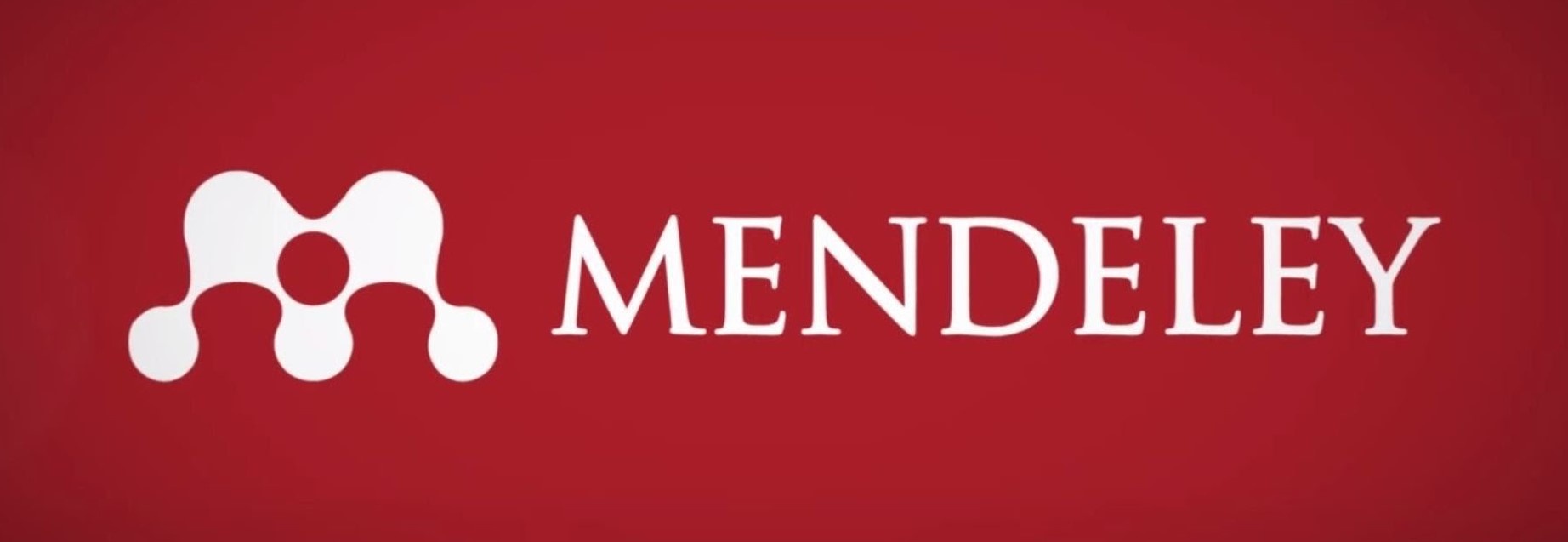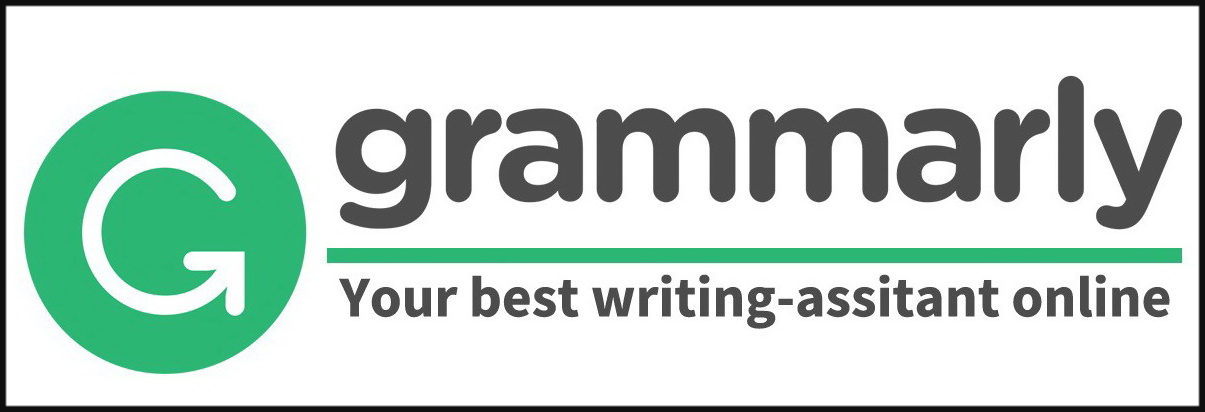MEMBANGUN BUDAYA KOMUNIKASI YANG EFEKTIF DI LINGKUNGAN SEKOLAH
Abstract
This community engagement program addresses communication challenges in schools, particularly low confidence in public speaking, lack of understanding of communication ethics, and limited use of digital platforms for organizational communication. Conducted over three days at SMA Negeri 8 Kota Serang, the program applied participatory training in interpersonal communication, public speaking, and digital ethics. The methods included simulation, group discussion, and content creation. Results show a significant improvement in students’ confidence (92%), understanding of ethical communication (78%), and utilization of school digital media (85%). The project produced a draft code of communication ethics and initiated a communication club. These results indicate that training based on values, practice, and digital media is effective in fostering inclusive, ethical, and democratic communication culture in schools.
Keywords: school communication, public speaking, communication ethics, interpersonal skills, digital cultureFull Text:
PDF 43-51References
Bandura, A. (1986). Social foundations of thought and action: A social cognitive theory. Prentice-Hall.
Barnlund, D. C. (2008). A transactional model of communication. In C. D. Mortensen (Ed.), Communication theory (pp. 47–57). Routledge.
Bass, B. M. (1985). Leadership and performance beyond expectations. Free Press.
Creswell, J. W., & Poth, C. N. (2018). Qualitative inquiry and research design: Choosing among five approaches (4th ed.). SAGE Publications.
Daft, R. L., & Lengel, R. H. (1986). Organizational information requirements, media richness and structural design. Management Science, 32(5), 554–571. https://doi.org/10.1287/mnsc.32.5.554
Devito, J. A. (2009). The interpersonal communication book (13th ed.). Pearson Education.
Habermas, J. (1984). The theory of communicative action: Reason and the rationalization of society (Vol. 1). Beacon Press.
Israel, B. A., Eng, E., Schulz, A. J., & Parker, E. A. (2010). Methods in community-based participatory research for health (2nd ed.). Jossey-Bass.
Kolb, D. A. (1984). Experiential learning: Experience as the source of learning and development. Prentice Hall.
Miles, M. B., Huberman, A. M., & Saldaña, J. (2014). Qualitative data analysis: A methods sourcebook (3rd ed.). SAGE Publications.
Patton, M. Q. (2015). Qualitative research & evaluation methods: Integrating theory and practice (4th ed.). SAGE Publications.
Schramm, W. (1954). How communication works. In W. Schramm (Ed.), The process and effects of mass communication (pp. 3–26). University of Illinois Press.
Spradley, J. P. (1980). Participant observation. Holt, Rinehart and Winston.
Refbacks
- » —
Editorial Office
Program Studi Administrasi Publik Fakultas Ilmu Sosial dan Ilmu Politik Universitas Sultan Ageng Tirtayasa Jl. Raya Palka Km 3 Sindangsari, Pabuaran, Kab. Serang Provinsi Banten Telp : +62254 280330. Fax : +62254 281254
Email: [email protected]
Copyright@ 2025 - Seba Jurnal Pengabdian Masyarakat

_1.png)





